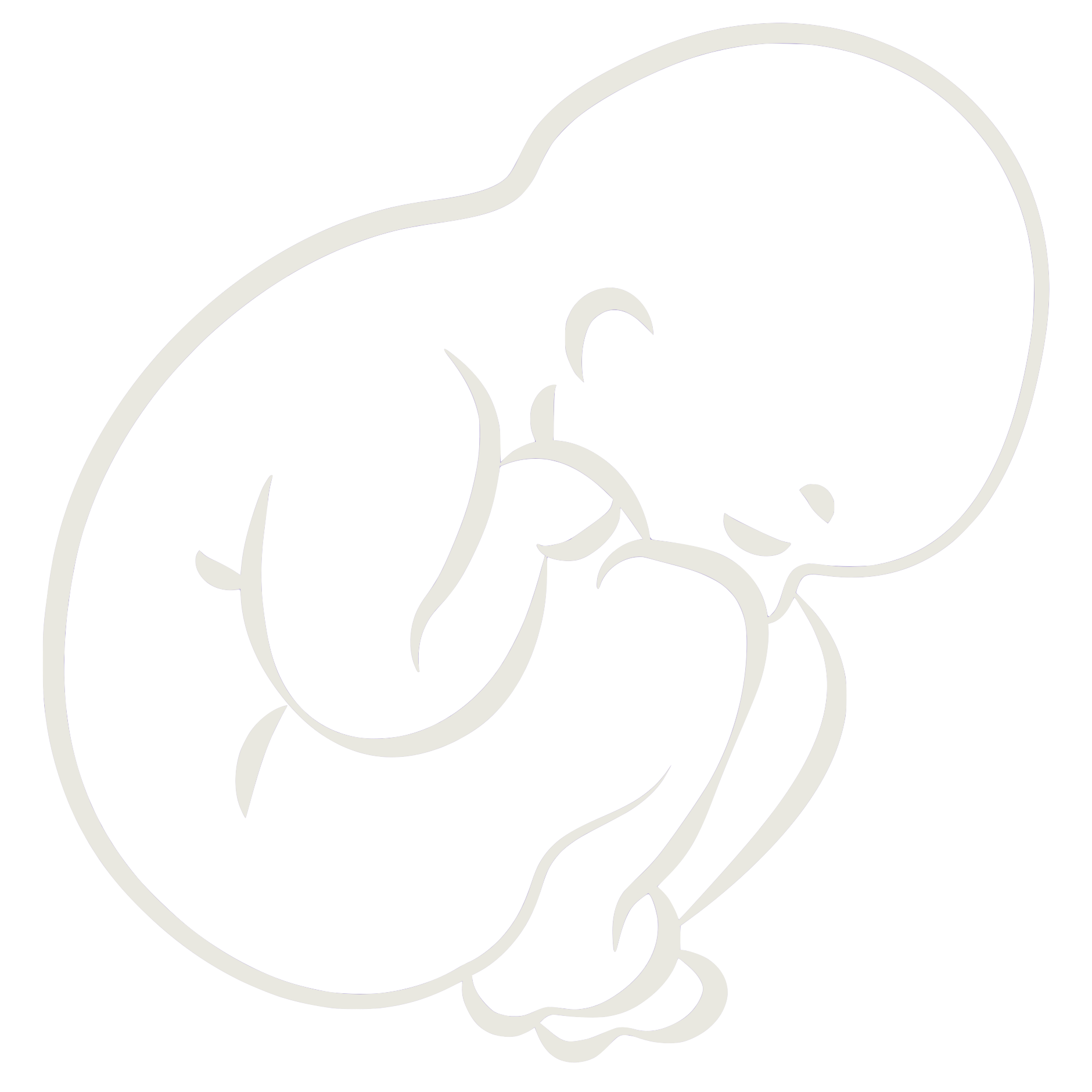
Although pregnancy is filled with many exciting moments and a beautiful growing belly, it can also come with some unwanted side effects.
Article first published as “5 types of pregnancy discharge and what they mean”
in Living and Loving by Tammy Jacks.
Although pregnancy is filled with many exciting moments and a beautiful growing belly, it can also come with some unwanted side effects, such as tender breasts, hormonal changes and discharge. We look at what’s normal and what’s not …
During pregnancy, a lot of blood flows into the cervical area, which can cause more discharge from the cervix – also known as the neck of the womb, explains Dr Diana Du Plessis, childbirth educator and consultant to Philips Mother and Child Division.
“This increased discharge is nothing to be concerned about, as it is fairly common for pregnant women and it is usually harmless,” she says.
“As this type of discharge is more common in the first and third trimester, you might want to use panty liners at this time, change your underwear regularly, and use unscented, non-irritating soaps when washing,” advises Dr Du Plessis.
Show is also known as the mucus plug. Its purpose is to seal the cervix to help prevent infections. It forms early in pregnancy, at about seven weeks, explains Dr Du Plessis. When show starts to be released, it’s a sign that your cervix is starting to open and labour may follow. For a first-time mom, labour may only start in another week or so after losing the mucus plug, whereas if you’ve had a baby before, it may mean that active labour is a few hours away.
